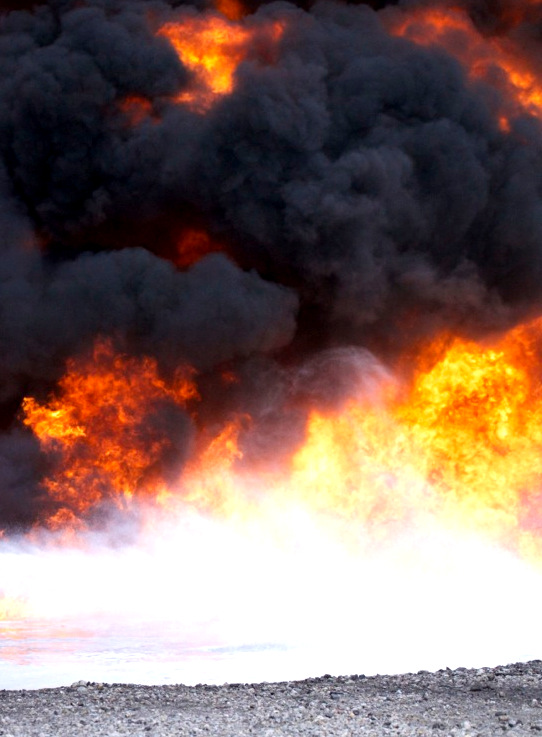Airport risk data leaked

Leaked documents reportedly expose the inadequate emergency response capabilities of several of Australia's major airports.
These documents, originating from risk assessments by Airservices Australia, indicate that Brisbane, Melbourne, Perth, and Adelaide airports are at “extreme risk” in the event of a fire or aircraft incident, largely due to a scarcity of firefighting resources.
The documents, reported by AAP, allegedly show Sydney, Canberra, and Hobart airports have been classified as “high risk”.
The leak reportedly comes from the United Firefighters Union of Australia, which has announced that aviation firefighters are planning a four-hour strike from 6 am on April 15, citing serious concerns for public safety.
According to union secretary Wes Garrett, these issues have been known to Airservices Australia for two years, yet have been publicly denied.
“These leaked documents confirm that Australia's air travellers face a dire risk every time they set foot on an aircraft in Australia,” Garrett says.
The risk assessments, conducted between 2021 and 2022, highlight not just a lack of firefighting personnel but also deficiencies in equipment, vehicles, and procedural protocols across 13 airports deemed at “extreme risk”.
Additionally, 14 other airports, including those in Sydney, Canberra, and Hobart, while having more resources, still fall short of ensuring safety, as per the union's assessment.
The union is seeking changes in its enterprise agreement with Airservices, pushing for clauses that mandate minimum staffing requirements, fixed work hours, rostering, and adjustments to comply with work health and safety regulations.
The union has called for a return to the bargaining table to address these safety concerns urgently.
Airservices Australia contests the union's claims, particularly regarding the push for a 20 per cent pay rise.
An Airservices spokesperson has clarified that the dispute does not pertain to staffing levels, which are regulated by the Civil Aviation Safety Authority (CASA), claiming that they possess adequate personnel for their regulatory obligations.
Airservices also says it has plans to invest $1 billion over the next decade into enhancing the equipment and facilities available to their aviation rescue and firefighting service crews, aiming to mitigate these safety concerns.








 Print
Print